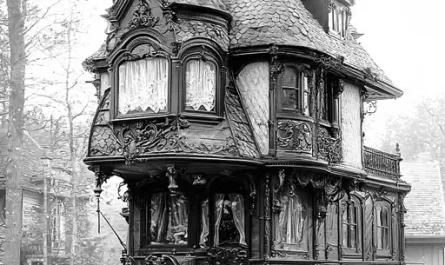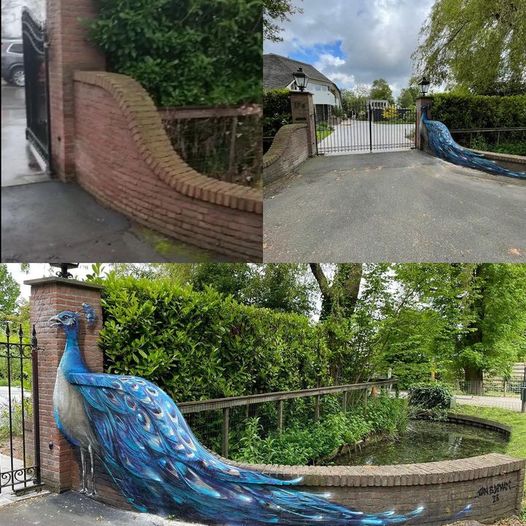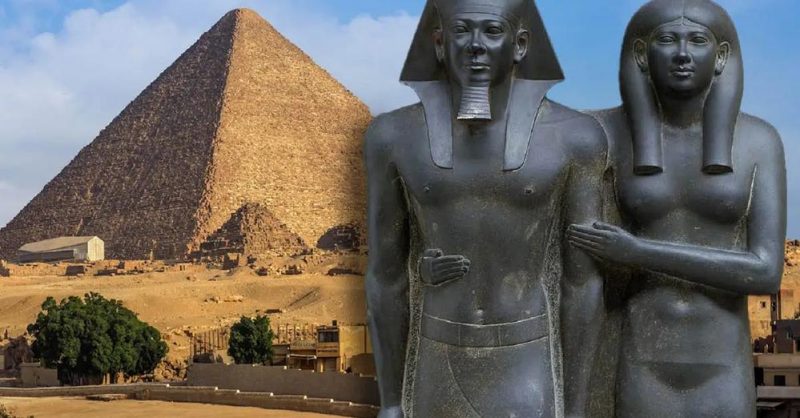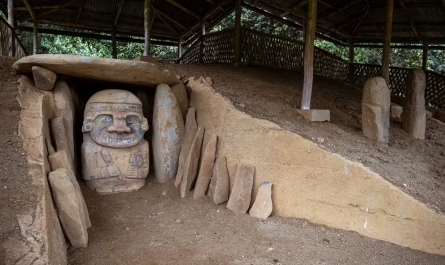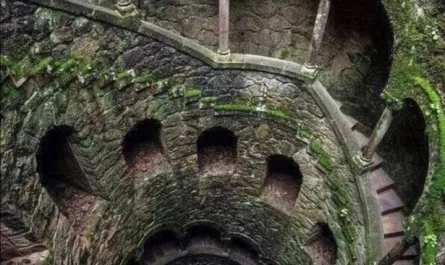A striking salt mining canal with crystal-clear, electric-blue water has become one of Utah’s most talked-about attractions — but authorities are warning visitors to steer clear.
The canal, located on the Bonneville Salt Flats, first captured public attention last summer when photographer Matt Newey posted stunning images of the site on Instagram. His photos quickly went viral, sparking a wave of curiosity and inspiring thousands to seek out the location for their own snapshots.
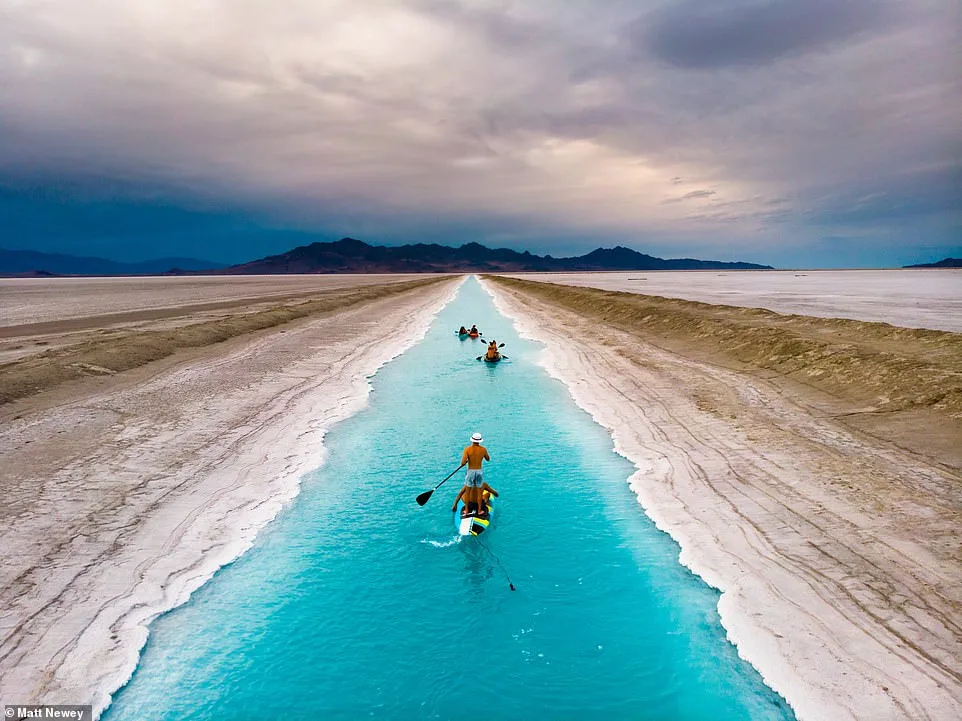
Since then, crowds have been making the trek to what’s now nicknamed “the blue canal”. Many have been kayaking, floating, and even swimming in its vivid waters — activities that have alarmed agencies such as the Bureau of Land Management.
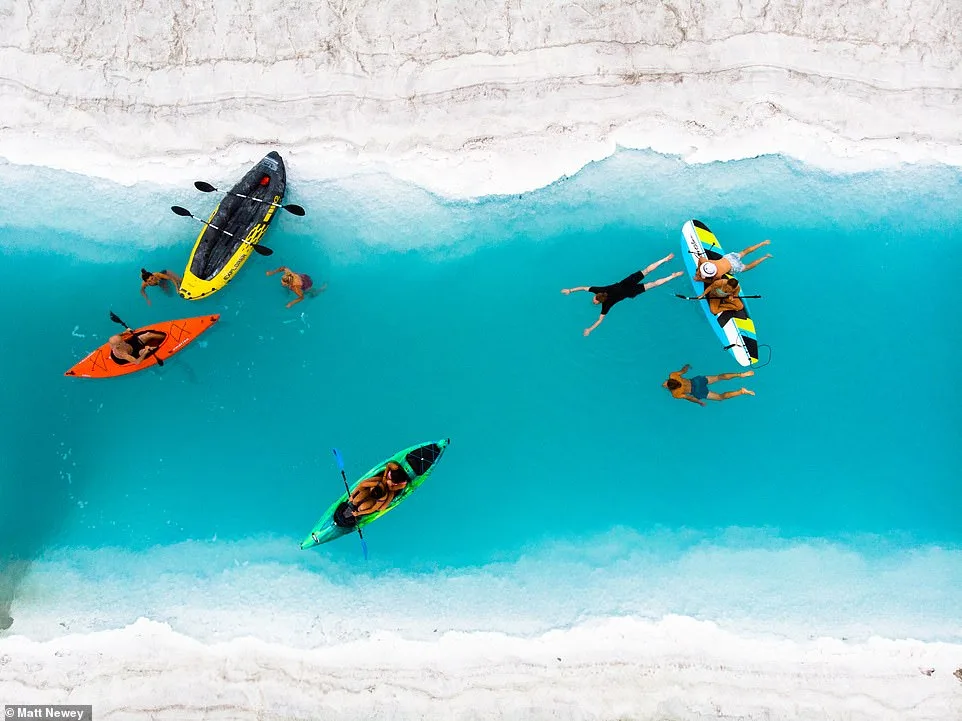
Why Officials Are Concerned
Bonneville Salt Flats officials have clarified that the canal is part of an active industrial facility and is not intended for recreation. In a public statement, they urged people not to access, swim, float, kayak, canoe, or engage in any other leisure activities there.
The canal is leased to Intrepid Potash, a mining company that uses it as a drainage channel to move brine from mining areas to evaporation ponds. The water’s brilliant blue hue comes from its highly concentrated brine solution — a byproduct of potash (salt) extraction.
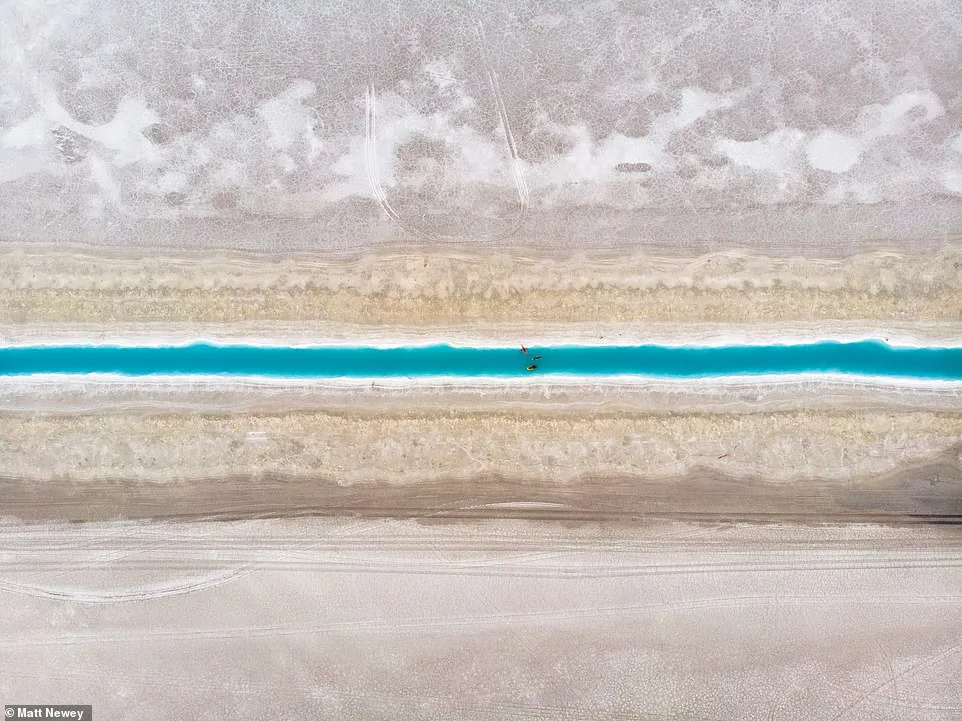
While some feared the water might be toxic, experts say otherwise. Brenda Bowen, a geologist at the University of Utah, told The Daily Beast that the mining process does not involve harmful chemicals and she believes “the water is not toxic.”
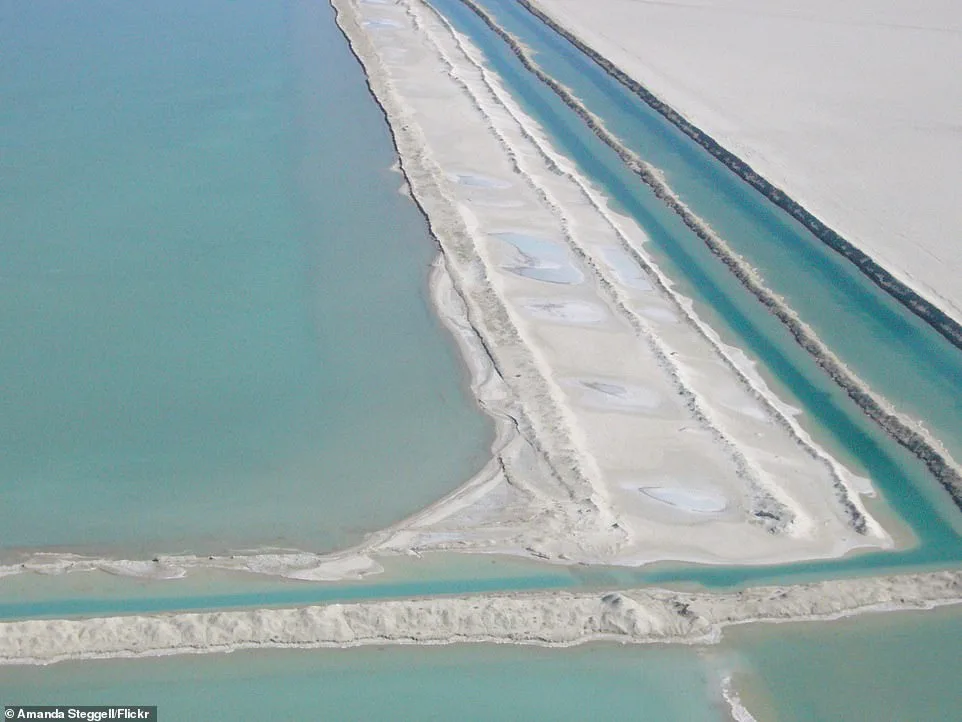
The Real Danger: Damage to the Salt Flats
The bigger concern, according to Bowen and other agencies, is the environmental impact of increased foot traffic across the fragile salt flats. The canal is in a remote location, and reaching it often means crossing delicate terrain that could take decades to recover from damage.
“We can look to landscapes where evaporite mining has stopped in the past and see that it takes many decades to rehabilitate or re-wild a salt flat,” Bowen explained.
Safety Risks for Visitors
Newey, whose photos started the craze, also noted that many visitors have been parking along the emergency lane of Interstate 80 to access the site — creating dangerous conditions. “When people first found out about the place, the shoulder of I-80 looked like a Disneyland parking lot,” he said.
Social Media’s Role in the Surge
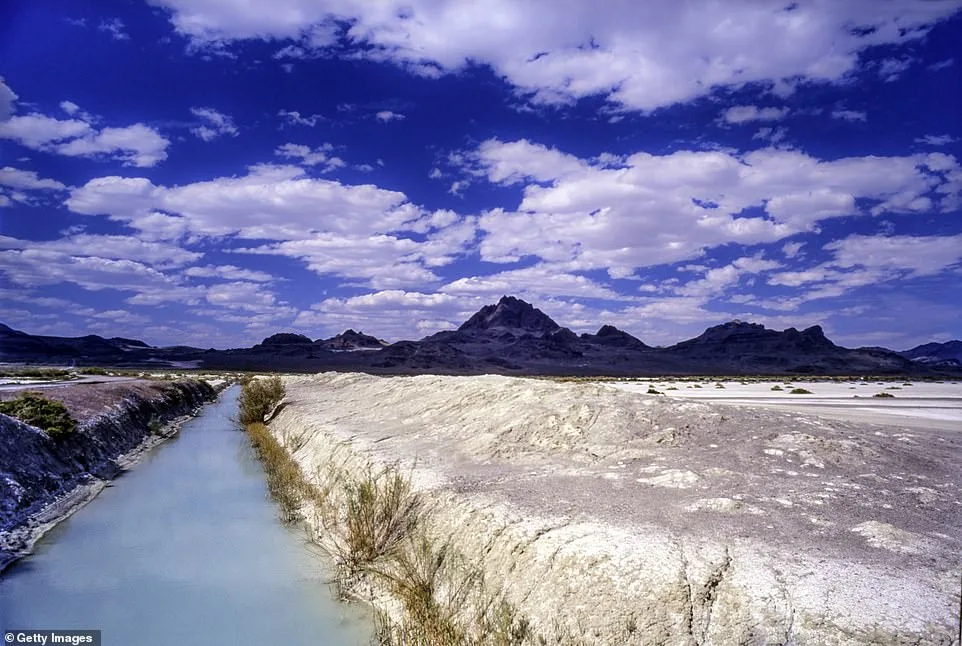
Despite repeated warnings, the canal continues to draw adventurous travelers eager for their own viral moment. One visitor told FOX 13, “Social media’s been posting this like crazy. I wanted to come out and take some photos, maybe check it out… Monkey see, monkey do.”
